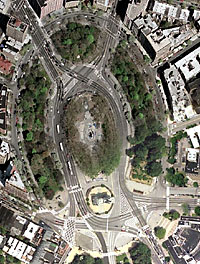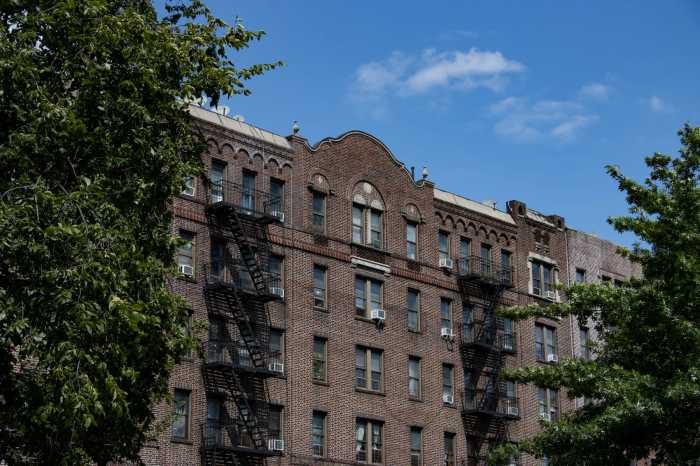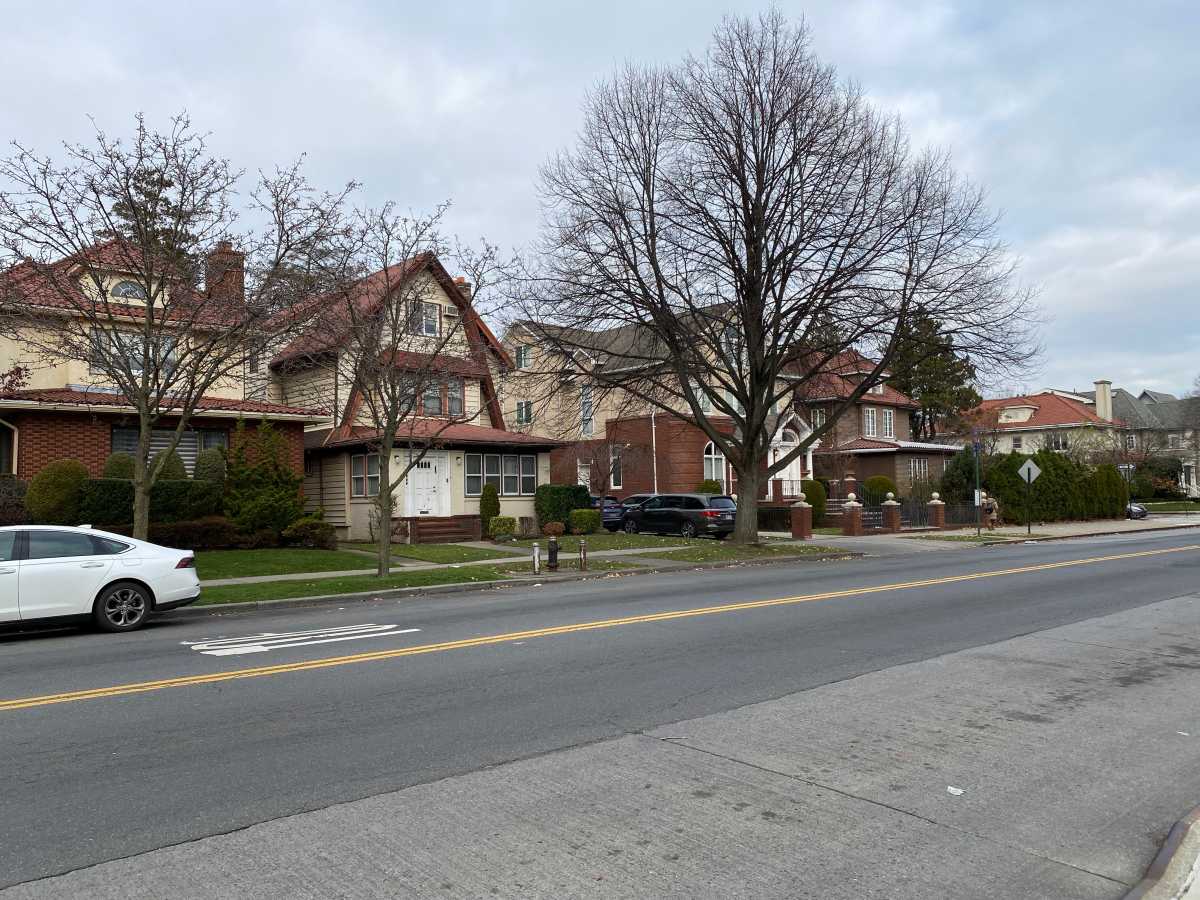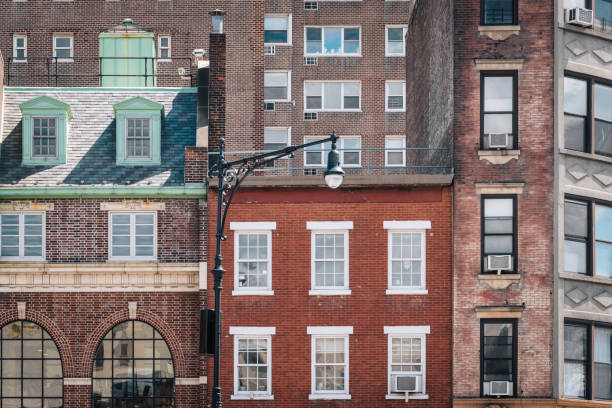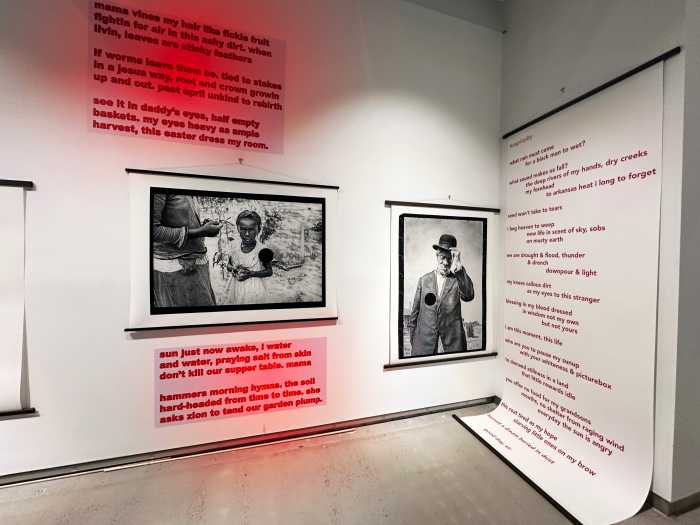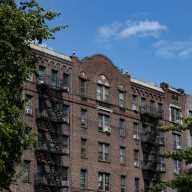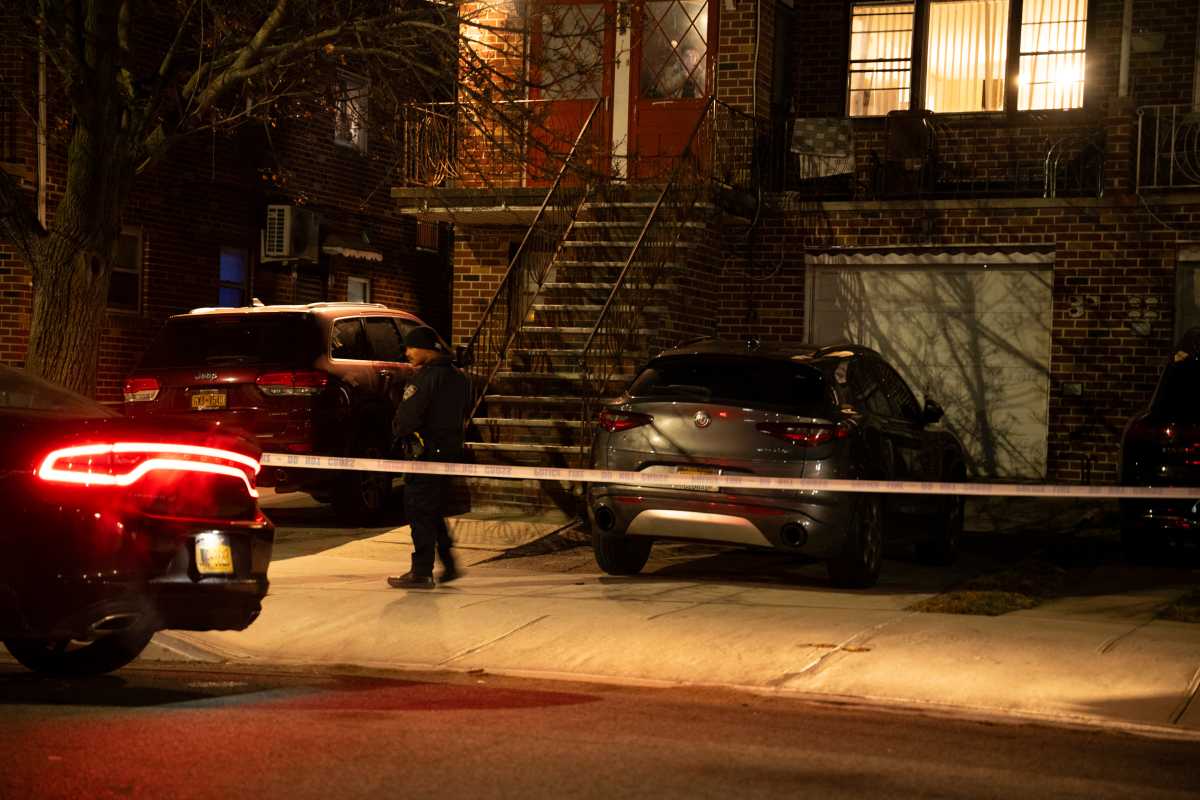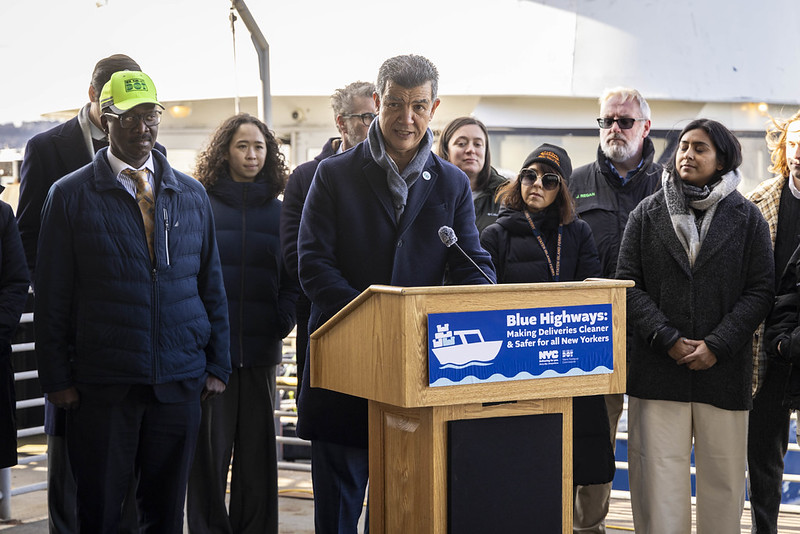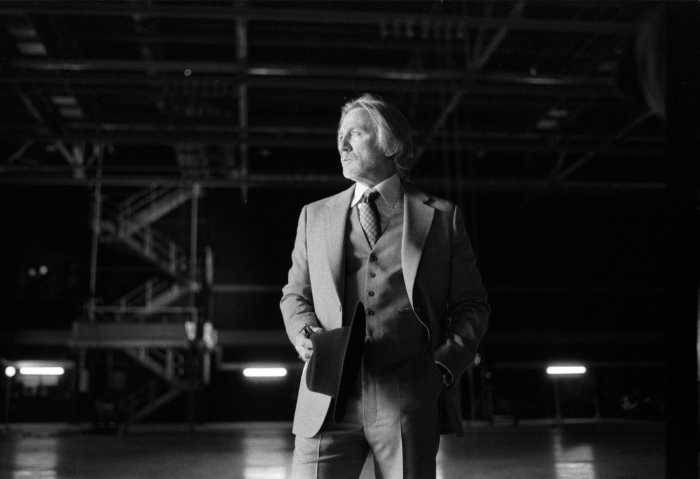Grand Army Plaza is such a tangled mess of cars, pedestrians, busses, monuments and trees that it’s going to take a European to fix it.
A freshly hired Danish traffic expert wowed a group of Park Slopers last week with some fresh — and, admittedly, not so fresh — ideas for calming traffic (and nerves) in one of Brooklyn’s great-but-abused civic spaces.
“Sometimes [it takes] fresh eyes to show what a fantastic mess something is,” the consultant, Jan Gehl, said at his introductory presentation last week in Prospect Park’s Picnic House.
“And sometimes [it takes] a silly European.”
In its original design by Frederick Law Olmsted and Calvert Vaux, Grand Army Plaza lived up to its name and functioned as an inviting entryway to Prospect Park.
“Of course, the car changed all that,” said Tupper Thomas, administrator of the Prospect Park Alliance, which is one of several civic groups that have created the Grand Army Plaza Coalition in hopes of turning back the clock on the horseless carriage.
GAPCO, as the coalition is called, credited Transportation Alternatives for hiring Gehl and bringing him to Brooklyn for last week’s presentation.
Gehl didn’t sugarcoat the problem.
“If Frederick Law Olmsted could see how it is treated today — with all the asphalt and the little islands with pedestrians jumping like Eskimos from floe to floe — he would be rotating in his grave endlessly,” he said.
Next, he diagnosed the disease.
“Too many cars,” said Gehl, who boasted of having advised London Mayor “Red” Ken Livingstone to institute the stiff tolls that have brought livability, if not pedestrians, back to central London.
Finally, Gehl put forward seven possible futures for Grand Army Plaza.
Concept One — “the dramatic solution,” he called it — would bury Flatbush Avenue in a tunnel under the plaza, leaving the existing rotary for local traffic.
He admitted that such a scheme, while attractive, has been rejected in the past as too expensive.
An easier plan calls for reconnecting the park to the plaza by ripping up pavement and closing the bottom of the plaza to car traffic. Traffic flow in the circle would become two-way.
Many ideas would require the dramatic reduction of the tree-covered hills that separate the plaza from Plaza Street East and West that encircle it. The “berms,” as they are known to people fluent in technical jargon, are wider than Olmsted and Vaux originally designed.
But some cautioned that the idea is a non-starter.
“A lot of people will say those berms are inviolate,” said Neil Feldman.
“You’d be taking away nature and trees. People will get fanatical.”
Gehl promised that no matter what happens, many trees would remain.
“If we get the bloody traffic out of the plaza, it’s easy to keep trees and greenery,” he said. “Most of the plaza is tarmac now.”
Can it be fixed any time soon? Depends upon your definition of “soon.” As GAPCO coordinator Aaron Naparstek pointed out, it took 25 years to fix Columbus Circle in Manhattan.
“And we’re at the start of that process,” he said.


